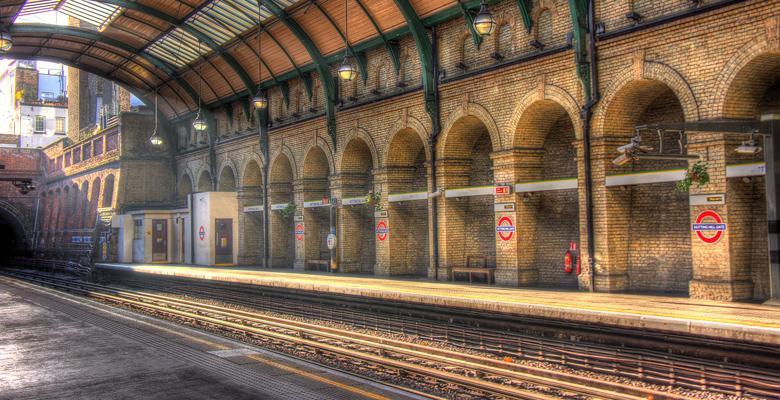With The London Crossrail program over 75% complete, it comes as little surprise that the much anticipated new Elizabeth line, which will speed up journeys across London, is having a direct impact on house prices.
Property hotspots along the new line have been identified, mainly within the eastern section where access at the moment is restricted and the Elizabeth line will significantly cut commuting time. This is the section that is also due to be completed first, with May 2017 announced as the date where new Elizabeth trains will be introduced to the line between Liverpool Street and Shenfield.
The Elizabeth Line is a 73 mile line that will stretch from Reading, through central London, to Essex and parts of South East London. The line will be made up of an impressive fleet of 66 brand-new 200 metre long trains, each with a capacity of 1,500 people. The trains will also feature interconnected walk-through carriages and air conditioning, and will deliver faster journey times.
For many Londoners, it’s an invaluable service that will hopefully relieve some of the current pressure on London’s transport infrastructure, while also adding value to areas where new stations are being built, services are being upgraded and journey times are being cut down.
Since the scheme was given the go-ahead in 2007, certain housing hotspots have risen in value by 30%, with experts predicting average increases of £133,000 between now and when the first train runs.
The main Crossrail Effect hotspots and why
By the time the majority of the line is up and running in 2018, it is estimated that it will have added up to £35 billion on to the residential property sector around the 40 stations it will connect. Yet, prices in certain areas have seen more significant increases than others, with some of the best value to be found in the East, where property prices remain mainly under £350, 000.
Here are the best places to invest along the Elizabeth line, and why:
Forest Gate
Situated in the borough of Newham, it currently takes commuters from Forest Gate 23 minutes to get to Canary Wharf, with often disappointing service on the overhead part of the journey, and 39 minutes to get to Paddington. The arrival of Elizabeth line service will shave these times down significantly to 12 minutes and 22 minutes respectively. When the route fully opens, passengers will be able to travel straight into the centre without making any changes, and with 12 trains calling at all stations at peak times, it’s sure to ease the pressure of stuffy rush-hours.
It’s not only the time-saving line that has put Forest Gate on the map in terms of property. The station itself is also being refurbished, with an improved ticket hall and new footbridge. Forest Gate’s proximity to Stratford means that it saw a significant rise in the value of property after the 2012 Olympic Games, however in the past year property prices in Forest Gate have increased by 8%, and by 2.3% since September 2016 to now. The current average house price paid in Forest gate is £415, 387.
Brentwood
At the far end of the line, Brentwood, situated in the county of Essex, has an average house price of £332, 000. This has risen in the past year by 11.5% and 3.25% since September 2016, as the opening of the line that will link Essex with central London gets nearer.
Brentwood currently has a train service to Liverpool Street, but the Elizabeth line will link the town to central Tottenham Court Road in just over 40 minutes, making commuting a lot more appealing.
Abbey Wood
In the South East, Abbey Wood, straddling the two boroughs of Bexley and Greenwich has been an outstanding performer in the past year, with asking prices rising by almost 35%. Current value for a property in Abbey Wood is £287, 000, having risen by 7.4% in the past year, and 3.4% since September.
With the arrival of the Elizabeth line, Abbey Wood will also welcome a brand new, modern station, and journey times cut by 19 minutes to get to Bond Street and an 11 minute journey to Canary Wharf, saving 20 minutes from the current journey.
